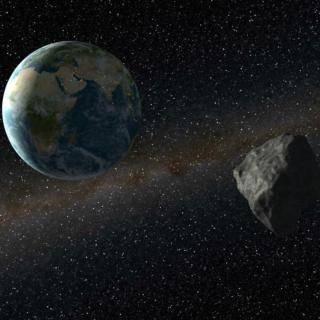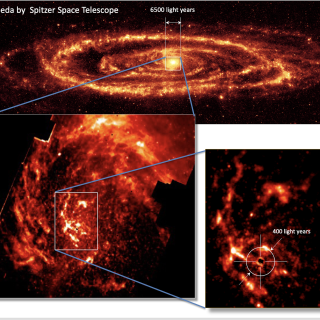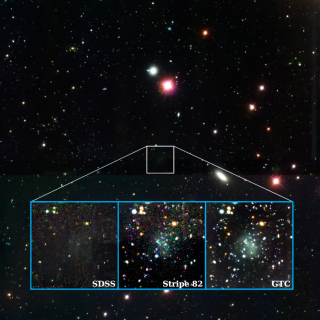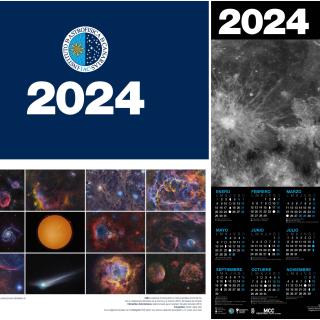
La ministra de Ciencia, Innovación y Universidades, Diana Morant, ha presidido esta mañana la reunión anual del Consejo Rector del Instituto de Astrofísica de Canarias (IAC) en la Sede del IAC, en La Laguna, en la que ha anunciado que el físico solar Valentín Martínez Pillet será el próximo director de este organismo público de investigación. Los miembros del Consejo han agradecido a Rafael Rebolo la labor desarrollada durante sus 10 años al frente de la institución y han destacado su categoría profesional y su labor de gestión. Además de la ministra, a esta reunión también han asistido
Advertised on




